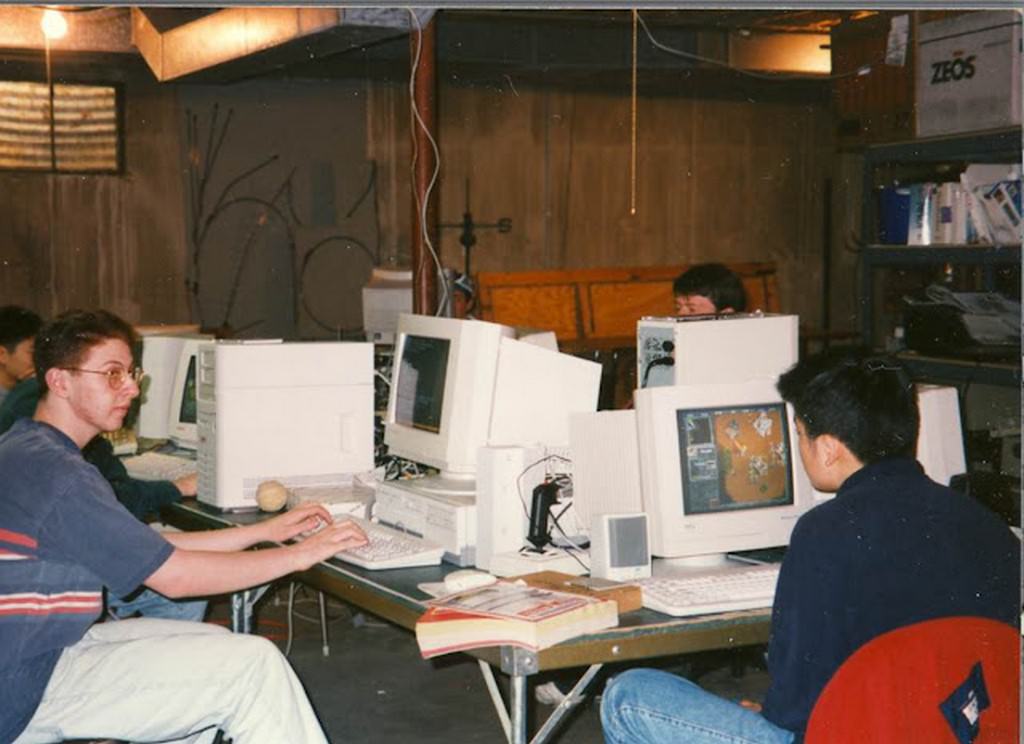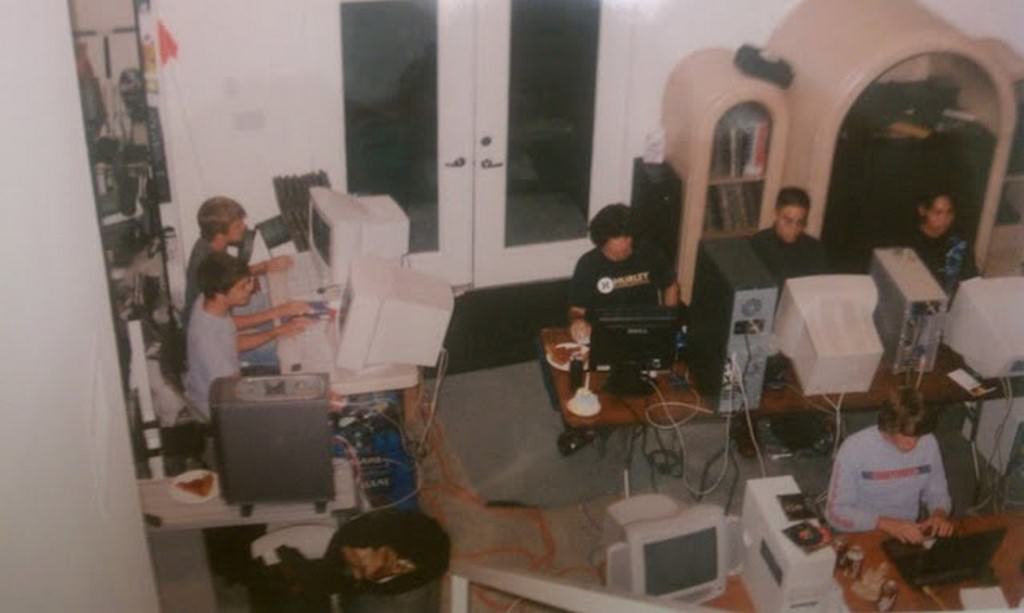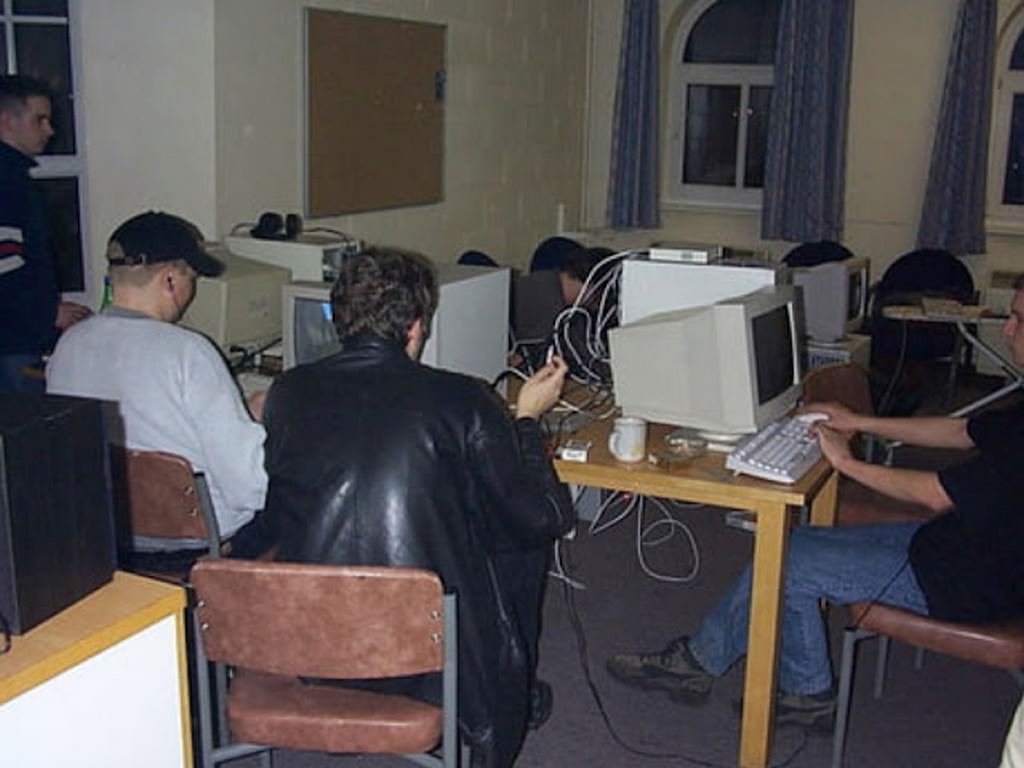In the golden era of the late 1990s to the early 2000s, the gaming world witnessed a phenomenon that would forever change the landscape of multiplayer gaming: LAN (Local Area Network) parties. These gatherings were more than just a means to play games; they were a cultural movement.



A LAN party involved gathering with computers or consoles in a single physical location, connecting these devices into a shared LAN network, and diving into multiplayer gaming sessions. This concept flourished at a time when the internet was still finding its feet in the consumer world. Broadband was a luxury, and the dial-up connections that most people had were not conducive to seamless online multiplayer experiences. LAN parties emerged as a perfect solution, offering an unparalleled multiplayer gaming experience without the lag and connectivity issues prevalent in online gaming at the time.




Organizing a LAN party was no small feat. It required planning, space, and the technical know-how to set up a network. Participants would lug their desktop computers, CRT monitors, and peripherals to a chosen location—often a garage, basement, or community hall. The setup process involved networking these machines using Ethernet cables and hubs or switches, ensuring every computer could communicate with the others over the LAN.





These parties were synonymous with certain games that not only supported LAN play but were also enhanced by the close quarters and immediate social interaction. Titles like “Doom,” “Quake,” “Counter-Strike,” “StarCraft,” and “Warcraft III” became staples of the LAN party scene. These games offered multiplayer experiences that were either impossible or severely limited over slow internet connections. “Counter-Strike” sessions, in particular, could last for hours, with teams strategizing in real-time, shouting commands and warnings across the room.



While gaming was the heart of LAN parties, these gatherings also served as hubs for digital exchange and community building. In an era before cloud storage and fast internet speeds, LAN parties provided a unique opportunity to share large files, including games, software, and media, directly from computer to computer.



For many, these events were a sanctuary where like-minded individuals could connect, share experiences, and forge lasting friendships. LAN parties varied in scale, from small gatherings among friends to large-scale events hosting hundreds of participants. Larger LAN parties often required significant logistical planning, including power management, network infrastructure, and venue selection. These bigger events sometimes featured tournaments with prizes, attracting competitive gamers from wide-ranging locales.



As the broadband revolution gradually democratized high-speed internet access, and wireless technologies became more prevalent, the necessity of LAN parties began to wane. Online multiplayer gaming platforms offered the convenience and connectivity that once could only be achieved through physical LAN setups.


The excitement of preparing for a LAN party, packing up one’s computer, and setting up in a new space was matched only by the thrill of in-person competition and cooperation. The cheers, the jeers, and the collective sighs of defeat or triumph filled these spaces, creating an atmosphere charged with excitement.



Heh what memories this brings, how time passed by, unbelievable.
The smell though, I do not miss the smell.